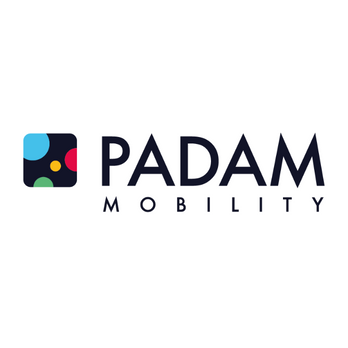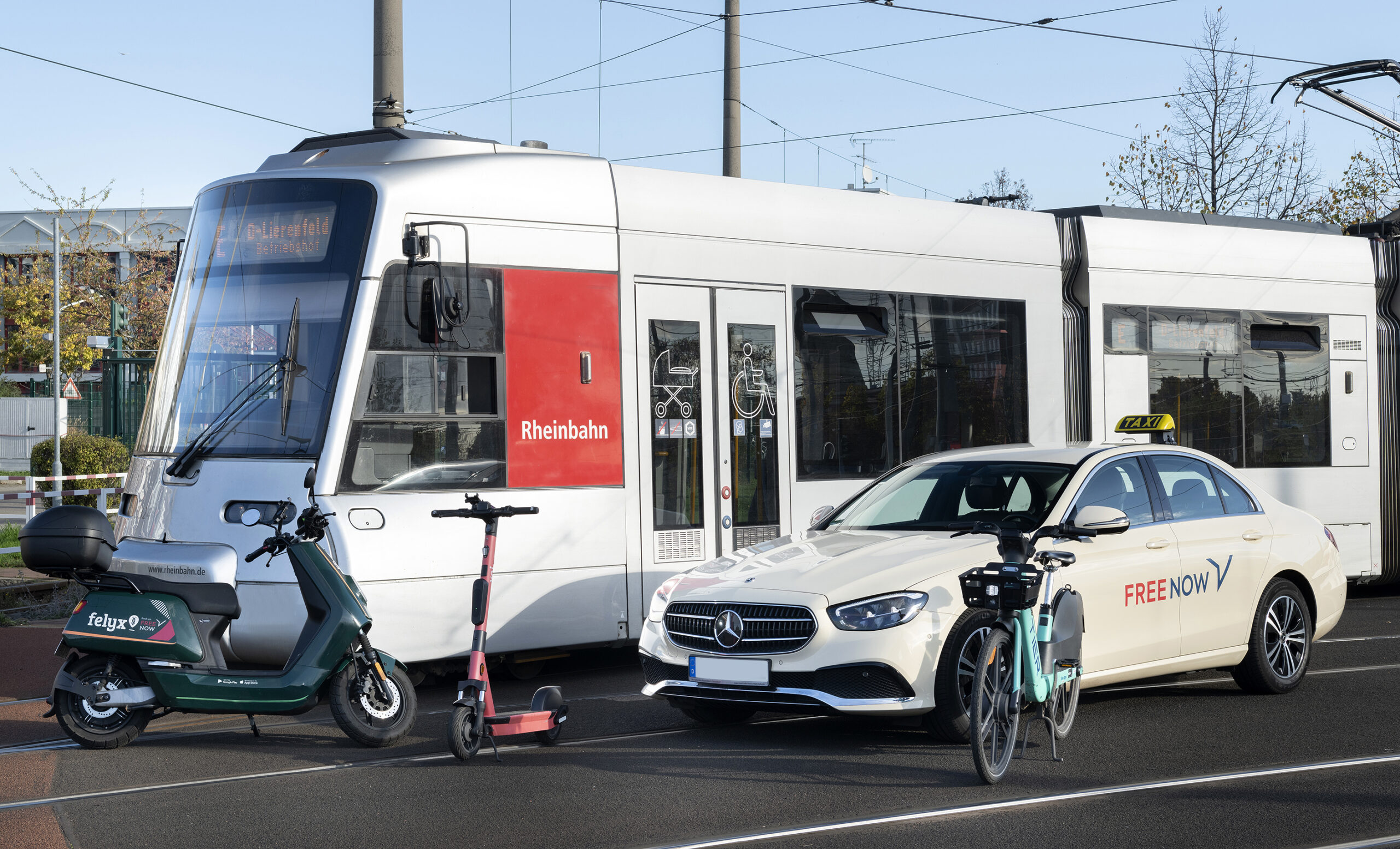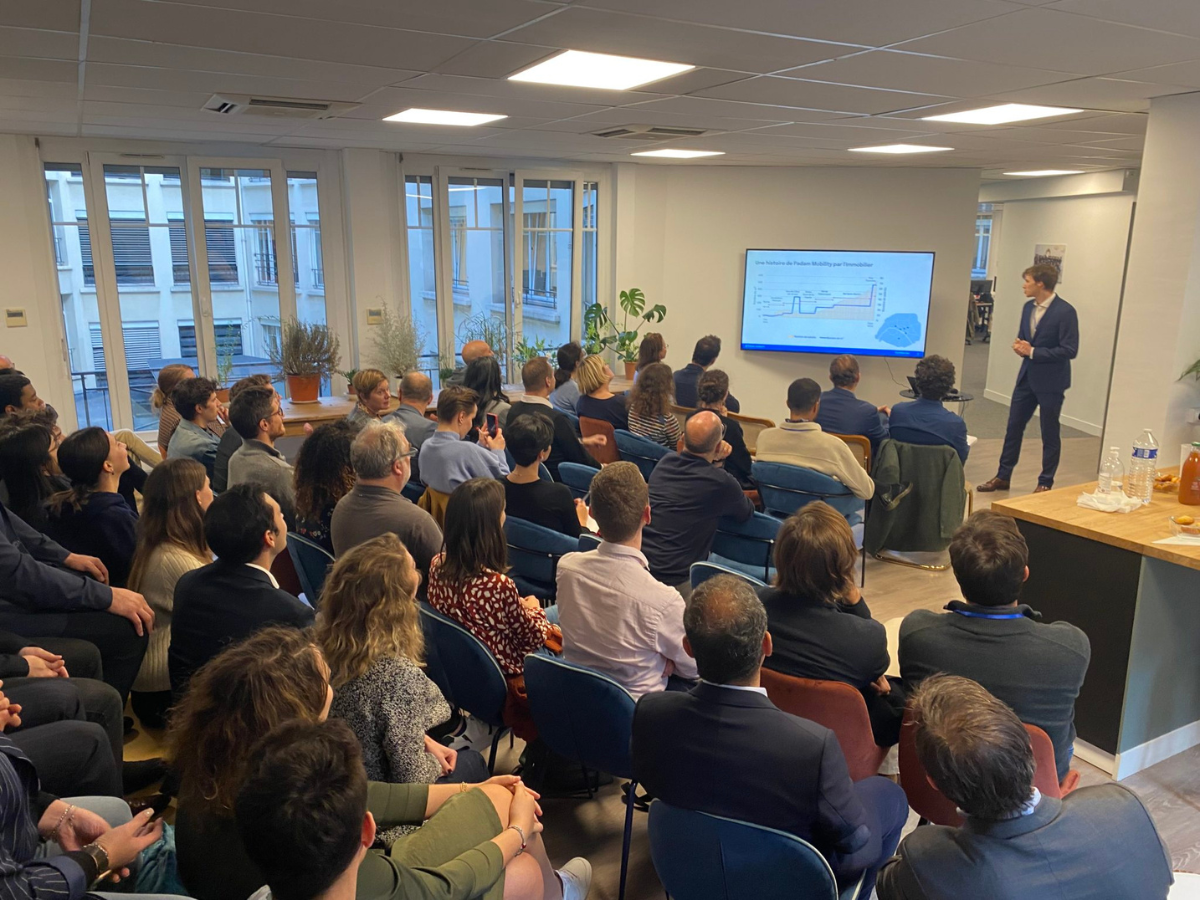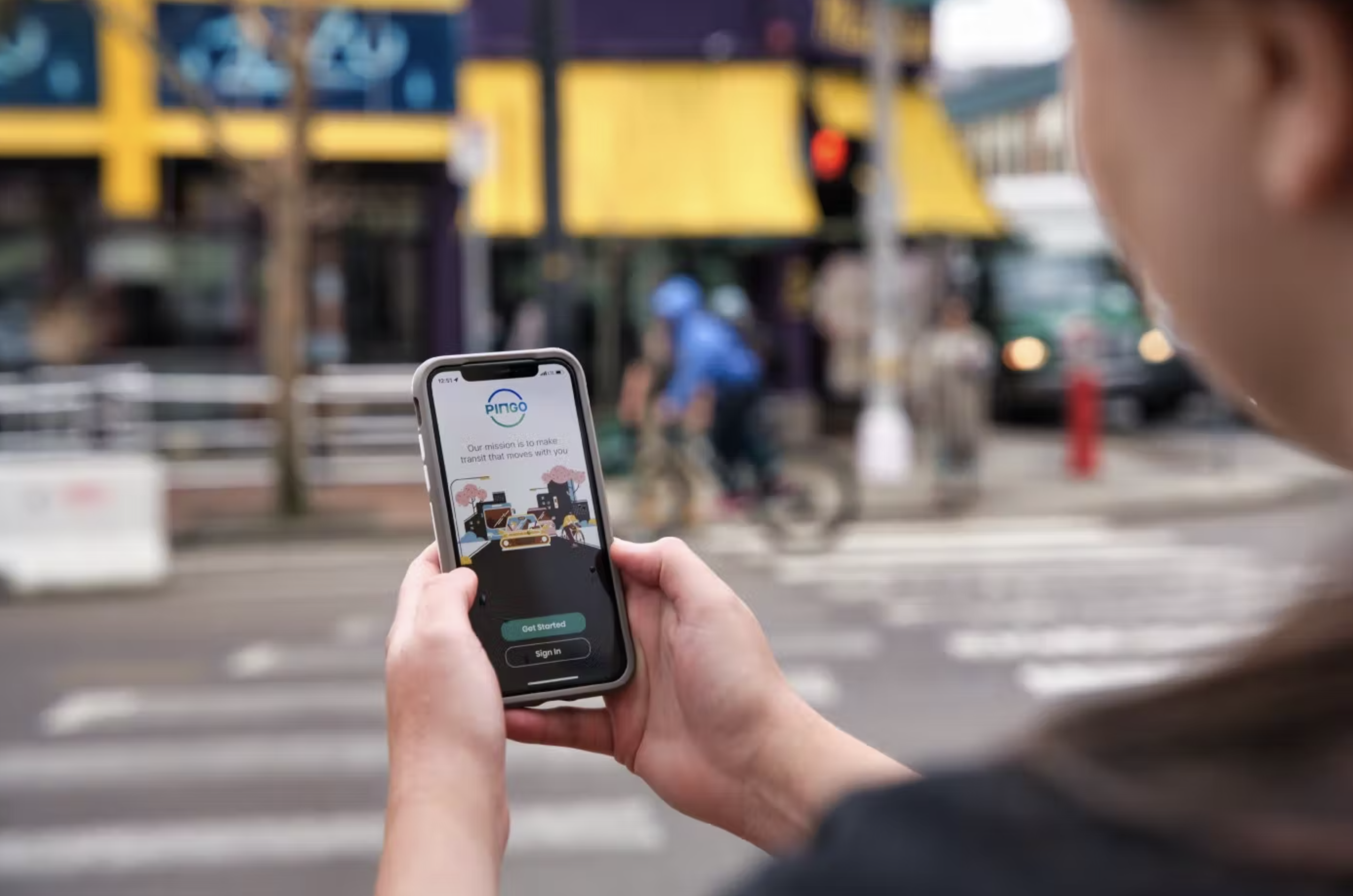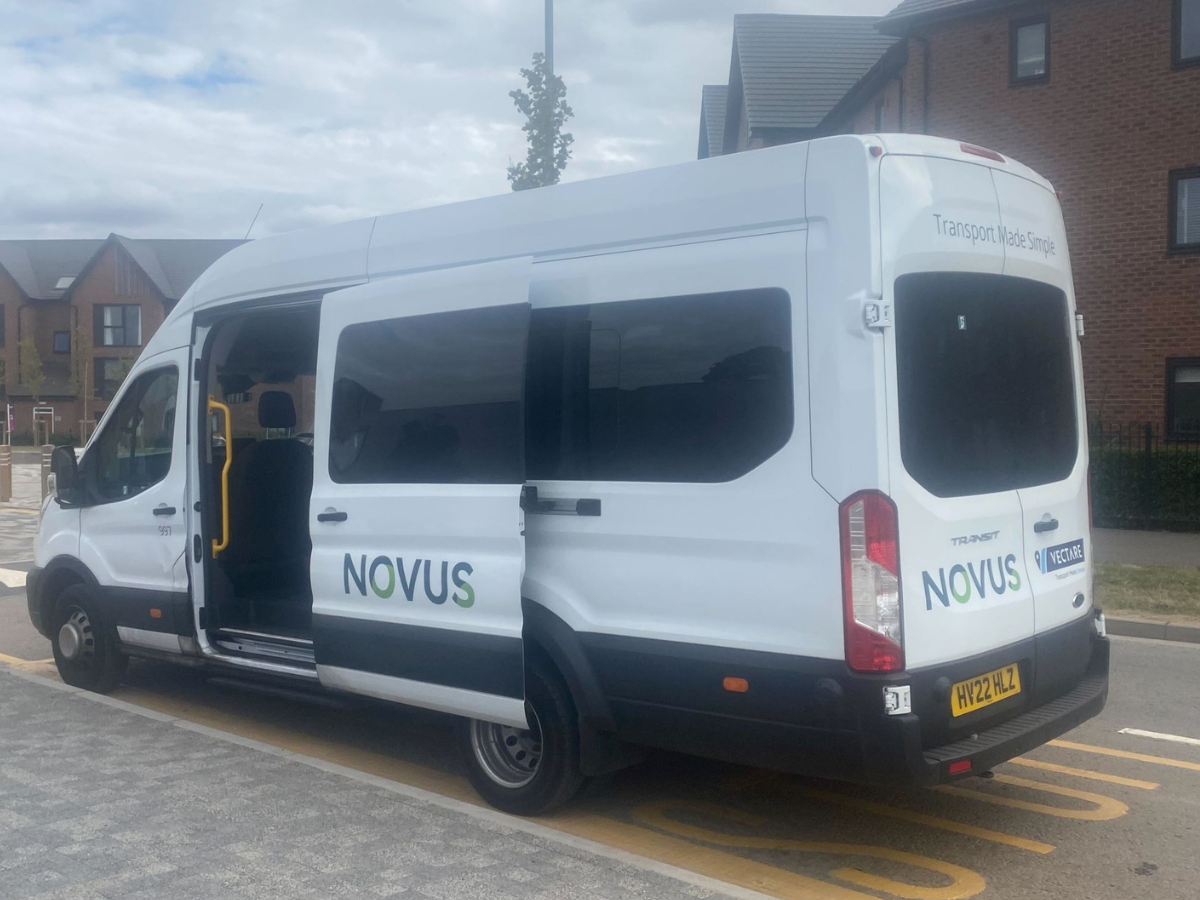Making public transport more flexible and inclusive, improving regional connectivity in sparsely populated areas, offering a feeder solution to the main transport network…
There are many advantages of on-demand mobility, but what are the main areas of application?

Use Cases Covered by Padam Mobility for Dynamic Demand-Responsive Transport (DDRT)
Use Case 1: On-Demand Transport in Peri-Urban Areas
Connecting peripheral areas to the existing public transport network is one of the big challenges for cities. It is sometimes counterproductive and also very expensive to set up new fixed lines. Many cities such as Strasbourg or Orléans therefore rely on dynamic, demand-driven transport solutions:
- Connecting periurban areas
- Providing a mobility solution for the first and last kilometre
- Optimising operating costs while supporting the digital transition of on-demand transport
- Offering a service that complements conventional public transport and provides an alternative to the private car
Use Case 2: On-Demand Transport in Rural Area
Rural areas are a real challenge for mobility providers, as demand is usually low here and routes are very long. Nevertheless, especially elderly or young people depend on a well-functioning public transport system. Padam Mobility’s solutions can therefore support areas with low population density in the following way:
- Opening up areas that are difficult to access
- Increasing the attractiveness of the location
- Providing a suitable alternative to the private car
- Adding to public transport and carpooling
Use Case 3: Transport of People with Reduced Mobility (Paratransit)
Improving the mobility of persons with reduced mobility through on-demand transport is an important goal of DRT. It is the most widespread use case in the world, and many people automatically associate DRT with Paratransit. Padam Mobility solutions support Paratransit services as follows:
- Ensuring mobility for all
- Strengthening the independence of people with reduced mobility
- Improving access to services and jobs
- Optimising operating costs while modernising existing Paratransit services
- Providing universal transportation service by merging on-demand services and Paratransit
- Offering an additional service for the transportation of persons with reduced mobility in adapted vehicles
Learn more about: What your Paratransit users really need
Use Case 4: Regional Mobility
How to offer better interconnection of public transport on a regional level? How can you manage multiple on-demand services on just one platform, as TAD IDFM, for example, is demonstrating? Padam Mobility provides the ideal solutions for these tasks:
- Unifying all on-demand transport services under one brand
- Covering a wide range of use cases across the region
- Opening up areas that are difficult to access
- Tailor-made solutions for residents in sparsely populated areas to complement regular means of transport such as bus and train
Download our case study “How to better connect urban centres and peri-urban areas with DRT?”
Use Case 5: Off-Peak Hours
Maintaining a public transport service even when demand is low is a challenge. Thanks to its flexibility, on-demand mobility can ensure an attractive public transport service during these times without being inefficient, as the example of QuiBus in Padua shows.
- Ensuring universal coverage, even when demand is low
- Enabling all users to move freely and safely at all times
- Improving access to services and jobs and facilitating mobility for shift workers
- Boosting nightlife and increasing the attractiveness of the region
- Promoting intermodality and reducing private car trips
Use Case 6: Business Areas and Corporates
This use case is aimed at companies that want to ensure smooth transportation of their employees to, from or within their business parks and campuses. Besides the impact on their attractiveness, companies use Padam Mobility’s on-demand transport to:
- Connect businesses to the existing public transport network
- Reduce travel times between home and work
- Provide an environmentally friendly and sensible alternative to the private car while reducing fuel costs
- Offer an environmentally friendly service for internal access to the company premises
- Deliver a service that is tailored to the specific working hours of some employees
Download our case study on this topic!
Use Case 7 [New]: On-Demand Transport for Events and Cultural Offerings
Whether for occasional events (festivals, fairs, etc.) or ever-existing cultural institutions (theatres, museums, etc.), on-demand mobility solutions can significantly relieve the traffic situation. Regardless of the availability of the offer (often on weekends, at night) or the areas to be served, on-demand offers can serve the demand much better due to their flexibility. They also enable users to travel without their car. If several people would refrain from travelling by their car, the sector could significantly reduce its ecological footprint: After all, 80% of the sector’s CO2 emissions are caused by visitors’ journeys.
At a glance, the benefits of on-demand transport for the cultural sector:
- Avoiding traffic congestion near venues
- Enabling visitors to avoid using their own cars
- Significantly reducing the carbon footprint of events and cultural venues
- Compensate for gaps in the public transport network
Read about the ADAMO project in Brussels
Use Case 8 [New]: DRT + AV
Autonomous public mobility has the potential to play an important role in the development of an environmentally friendly, safe and efficient public transport infrastructure. The EU-funded projects AVENUE and Ultimo, in which Padam Mobility is involved, show that this is not a pipe dream. On-demand services that pick up passengers autonomously and drop them off at their desired destination help to improve current problems of the public transport sector. They are resource-saving, environmentally friendly and a safe transport alternative.
Autonomous on-demand services are particularly suitable for the following use cases:
- First and last kilometre in extensive areas: e.g. company campuses, hospitals and airports
- Connecting large-scale residential areas with structuring transport hubs such as tram, bus, suburban railway or underground stops
- For short distances – an easily accessible, environmentally friendly alternative to the private car
- Compensate for the existing driver shortage, reduce personnel costs and at the same time create a better service
This article was originally published by Padam Mobility.


